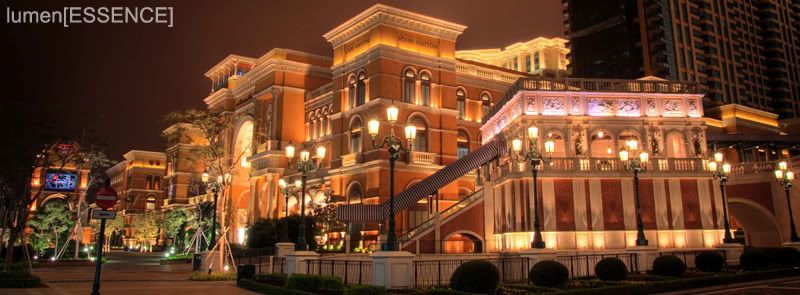It’s an Arms Race (Chapter 1)
Admit it, photography has come a long way. Gone are the days where you pretty much need your own photographic darkroom for processing and development to be called a pro. In fact, pros now have a digital darkroom in a workstation as small as a MacBook Pro. This should make things easier … right?
Well … technically no. I’ll provide a structured series of arguments to sway any doubters, and if there are still doubters after that we can settle it with a bar fight lol.
Before you read on .. make sure you WATCH the videos, they’re awesome. Even if you’ve seen them before you’ll enjoy watching it again.
The Cons of using film:
- overexposed and underexposed negatives when taking the photo is harder to fix
- If you have your own darkroom and do your own developing manually, there is a chance of overdeveloping or underdeveloping the film. Which makes the negs pretty poor quality despite how good you took the photo
- If you use a manual enlarger, there is the change of overexposing or underexposing when transferring the image from the neg to the light sensitive photographic paper
That’s 3 major steps where minor mistakes will affect the desired result out of your images. If you are careful enough, most of the time things go well, but sometimes you just can’t do a whole lot about it. After reading that, it would be safe to assume that being a digital professional is much easier.

In that respect … yes (not to fret, I haven’t changed my mind). Sure I can take photos in RAW format (giving me ample room to fix exposure), and sure if I mess something up in processing I can hit the undo button. Even the printing of photos are neglected as most people would prefer a copy of the images on a CD so they can facebook it. As a result of this, in today’s photographic world, it makes it really hard for an individual to stand out. When people apply for photographic positions, they often get asked what equipment they have. If I was an employer I would favour the candidate with the more serious equipment over the one with basic equipment.
I know what you’re all thinking, it’s the photographer not the equipment. And I would say that you’re correct, however that’s just not the way society works. Many brilliant people get overlooked no matter how good their work is all because their gear wasn’t as serious as the guy next to him. I don’t blame them because that’s just the way it works. When a customer is asking me about DSLRs and he brings up the fact that he used to be a “pro”, I automatically ask what lenses and what bodies he worked with. And sure enough after telling me his life story, he’ll name some of the lenses that he has and I’ll end up thinking “are you serious? That’s some pretty basic stuff” And eventually I would see some photos that he did back in the glory days and I’ll think to myself “If I had a son, and he was 3yrs old, he could take better photos than that”
The problem here is that film SLR pros don’t understand the nature of digital photography. They even undermine it and brush it away, while us digital users do the exact same to film people. I’m not saying there weren’t any great photographers back then, there are … Max Dupain, Kiichiro Ishida to name a few. But there are a lot of people that will think “I can tell this kid I was a pro and he’ll believe me because he’s young enough to be my grandson and that digital photography will never match film photography”.
If you are one of those people, read on. If you’re not, well … read on anyway.
The game has changed, and if you’re not willing to hop onto the bullet train we’re leaving you behind. Gone are the days where you could win the dunk contest with a tomahawk, these days you’ll need to dress up in green and jump over a 7ft tall superman and complete the dunk to get a good score.
The simple truth is … digital photography has taken photography as an art, as a source of communication and a source of evidence to new heights. With film, 400 ISO provided some pretty grainy photos … on the Canon 5D MkII … what grain? Too dark, cant shoot? Let me just pump up my ISO to 6400 while you sit there and ponder how you’ll get a shot that doesn’t turn out pitch black.
Digital will never reach film? Please, us digital shooters are so multitalented that we can even piece together some hectic short videos shot ENTIRELY on an SLR. Go on, watch the video
What up? That’s another point to the digital crowd.
I won’t overload you with too much info in one go. In fact I haven’t gotten to the heart of my real argument. Think of this as an intro if you must, but things will make more sense as I post up the rest of my beef over the next week or so.




+copy.jpg)